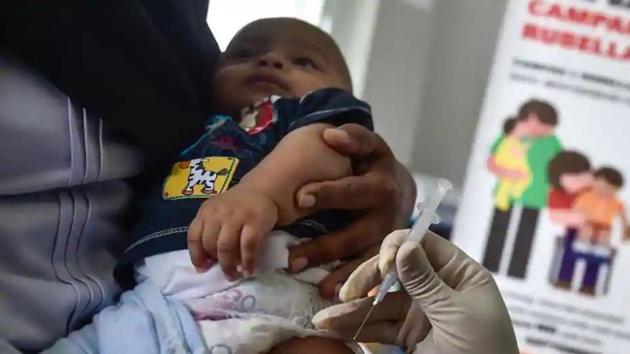Healthwise: Fake news trumps truth, so insist on infallible sources
Misinformation shared systematically on social media has emerged as a threat to public health and is endangering thousands of young lives.
Bad news travels fast, worst news spreads quicker. The shocking clips of one of the two shootings at mosques in Christchurch, New Zealand, on Friday were shared by millions within minutes of being live-streamed by one of the shooters even as social media sites Facebook, YouTube and Twitter worked at removing the incendiary footage.

Fake news spreads even faster and wider on social media, and now there’s data to prove it.
Truth takes six times longer than fake news to reach 1,500 people, found US researchers who used Twitter data from 2006 to 2017 to calculate the penetration of verified, true and false news stories on social media.
False news is 70% more likely to be retweeted, found researchers from the Massachusetts Institute of Technology (MIT) Media Lab after analysing about 126,000 cascades of news stories tweeted by about 3 million people over 4.5 million times. They classified news as true or false using information from six independent fact-checking organisations.
Fake news spread farther, faster, deeper and was retweeted by more new people than the truth, according to the study published in the journal Science last week. While the top 1% of truth was shared with up to 1,000 people, false news cascades were shared between 1,000 and 100,000 people.
Politics of fake news
Novelty and the emotional outrage fake news evoked were the major drivers of it being shared quickly and more widely, with the more outrageous information being the most likely to be shared. The effects most pronounced for false political news than for news about terrorism, natural disasters, science, urban legends, or financial information.
The surprising finding of the study was that robots and algorithms did not show bias and spread of true and false news at the same rate. This means that people are the drivers of misinformation, and not algorithms and bots.
Understanding how fake news spreads is the first step towards containing it before it influences political, economic and social decisions.
Misinformation shared systematically on social media has emerged as a threat to public health and is endangering thousands of young lives. Anti-vaccine campaigns on social media have derailed efforts to protect children against potentially fatal diseases like measles, which causes death and debilitating complications, including encephalitis (swelling of the brain membranes), severe diarrhoea, pneumonia, ear infections and permanent vision loss. The measles-rubella vaccine is safe and has saved more than 21 million lives since 2000, according to WHO, but misinformation about side effects spread by anti-vaxxers have led to people saying no to vaccination. This has led to a 30% spike in measles cases worldwide since 2016, taking cases to 6.7 million and deaths to 110,000 in 2017. There were 55,399 confirmed measles infection in India in 2018.
Rumours must rest
American teenager Ethan Lindenberger made headlines last month for choosing to get vaccinated against his mother’s wishes. The 18-year-old testified before the US Senate health committee last week about the dangers of unscientific and anecdotal misinformation spread on social media, telling lawmakers that his mother’s primary source of information was Facebook.
Asked where he looked for vaccine information, Lindenberger said, “Not Facebook. From the Centers for Disease Control and Prevention, the World Health Organization, scientific journals ... I try my best also to look at accredited sources.”
The American Medical Association on Wednesday urge big social media and technology companies such as Amazon, Facebook, Google, Twitter, Pinterest and YouTube, to stop vaccine anti-vaccine groups from spreading misinformation on their platforms.
Efforts vaccinate children against measles-rubella vaccine, which is given in two doses to children aged 9 months to 15 years, are also being stalled by misinformed parents in many parts of India, including Delhi.
The truth is out there. You just have to ensure your sources are infallible.
Catch your daily dose of Fashion, Health, Festivals, Travel, Relationship, Recipe and all the other Latest Lifestyle News on Hindustan Times Website and APPs.




